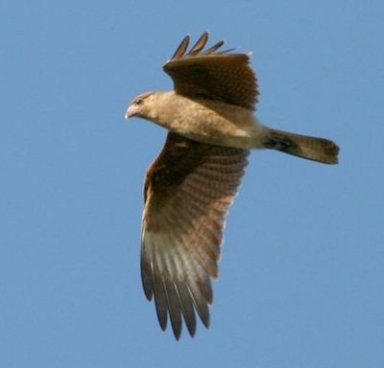Easter Island

Birding Easter Island
Easter Island is one of the most remote inhabited islands in the world. The nearest inhabited land (50 residents) is Pitcairn Island 2,075 kilometres away, the nearest town with a population over 500 is Rikitea on island Mangareva 2,606km away, and the nearest continental point lies in central Chile, 3,512 kilometres away.
Easter Island is a special territory of Chile that was annexed in 1888. Administratively, it belongs to the Valparaíso Region and more specifically, is the only commune of the Province Isla de Pascua. According to the 2012 census, it has about 5,800 residents, of which some 60% are descendants of the aboriginal Rapa Nui.
The island is about 24.6 km long by 12.3 km at its widest point; its overall shape is triangular. It has an area of 163.6 square kilometres and a maximum altitude of 507 meters. There are three Rano (freshwater crater lakes) but no permanent streams or rivers.
The climate is classified as tropical rainforest. Lowest temperatures are around 18C and highest about 28C. during the summer season in the southern hemisphere. Winters are relatively mild. The rainiest month is May, though the island experiences year-round rainfall. All the original broadleaf forest is long gone. The dominant large palm trees were cleared by the settlers and the islands used for sheep rearing more recently with just grasslands and rushes remaining. All the original land birds are extinct and all the mainland seabird colonies were wiped out. Trees are being reintroduced and a few small copses still remain.
Non-native Chilean Tinamou, Chimango Caracara, Diuca Finch, House Sparrows and Rock Pigeons have ben introduced.
-
Number of bird species: 70
National Bird: Andean Condor Vultur gryphus
